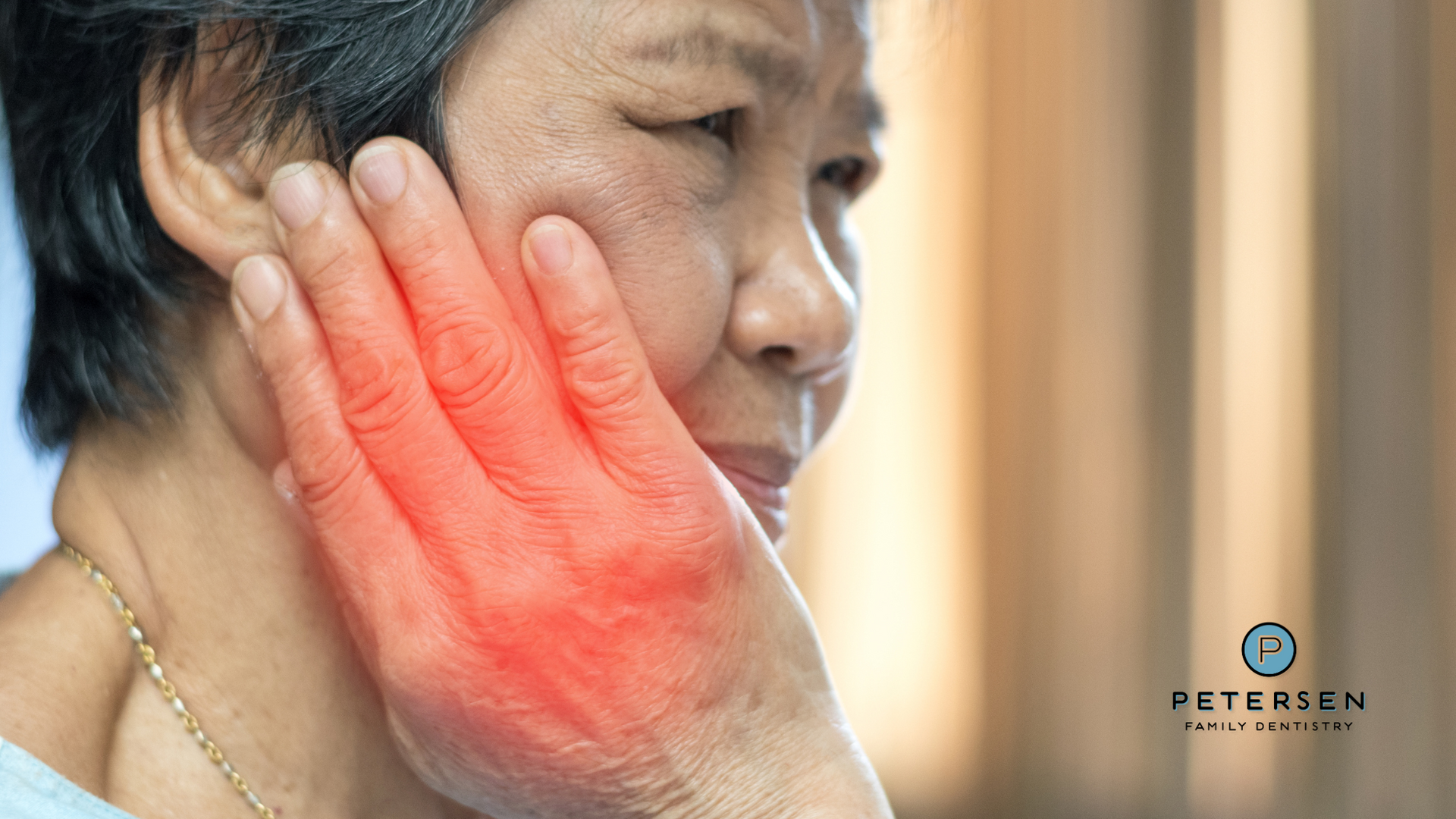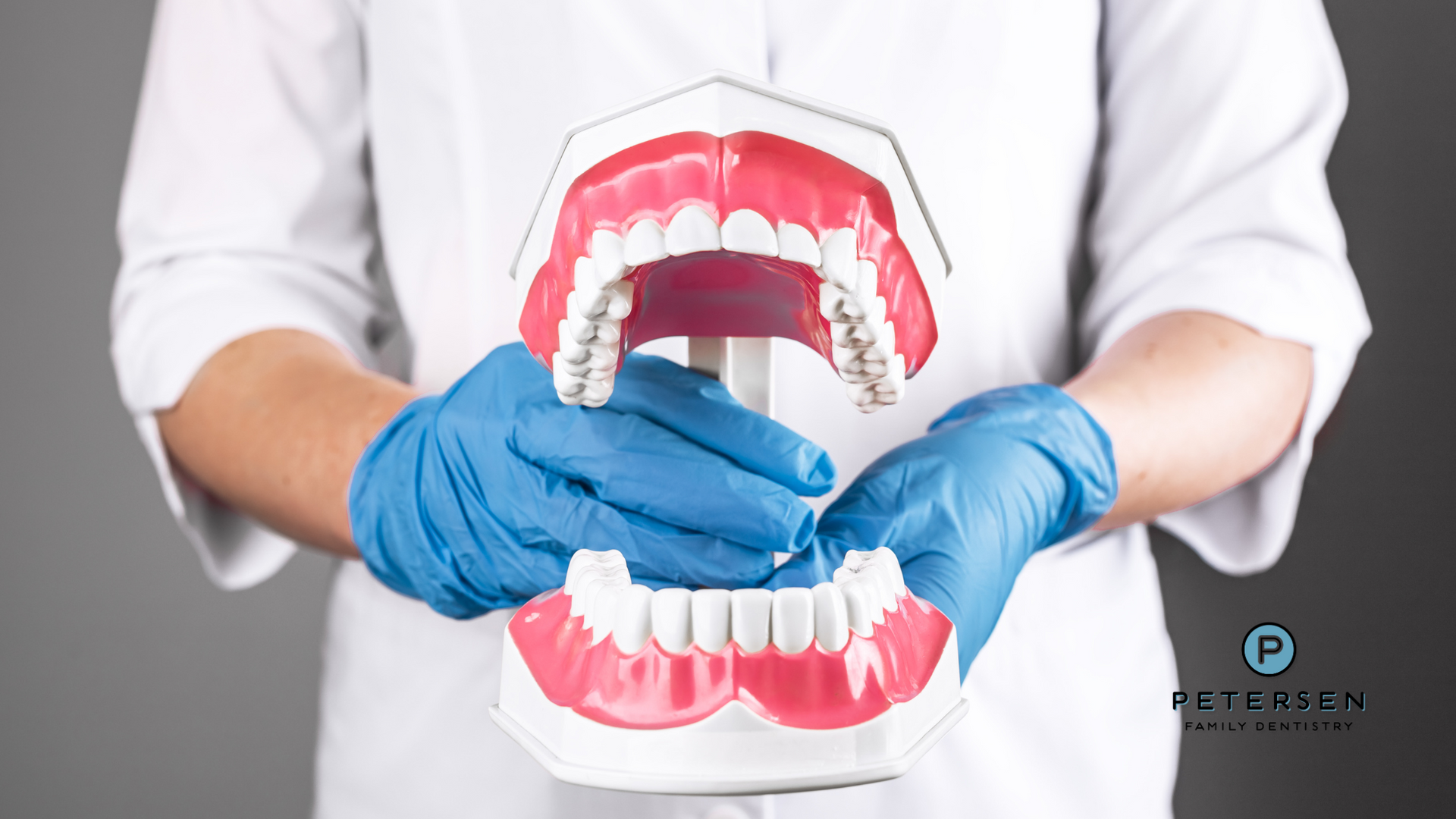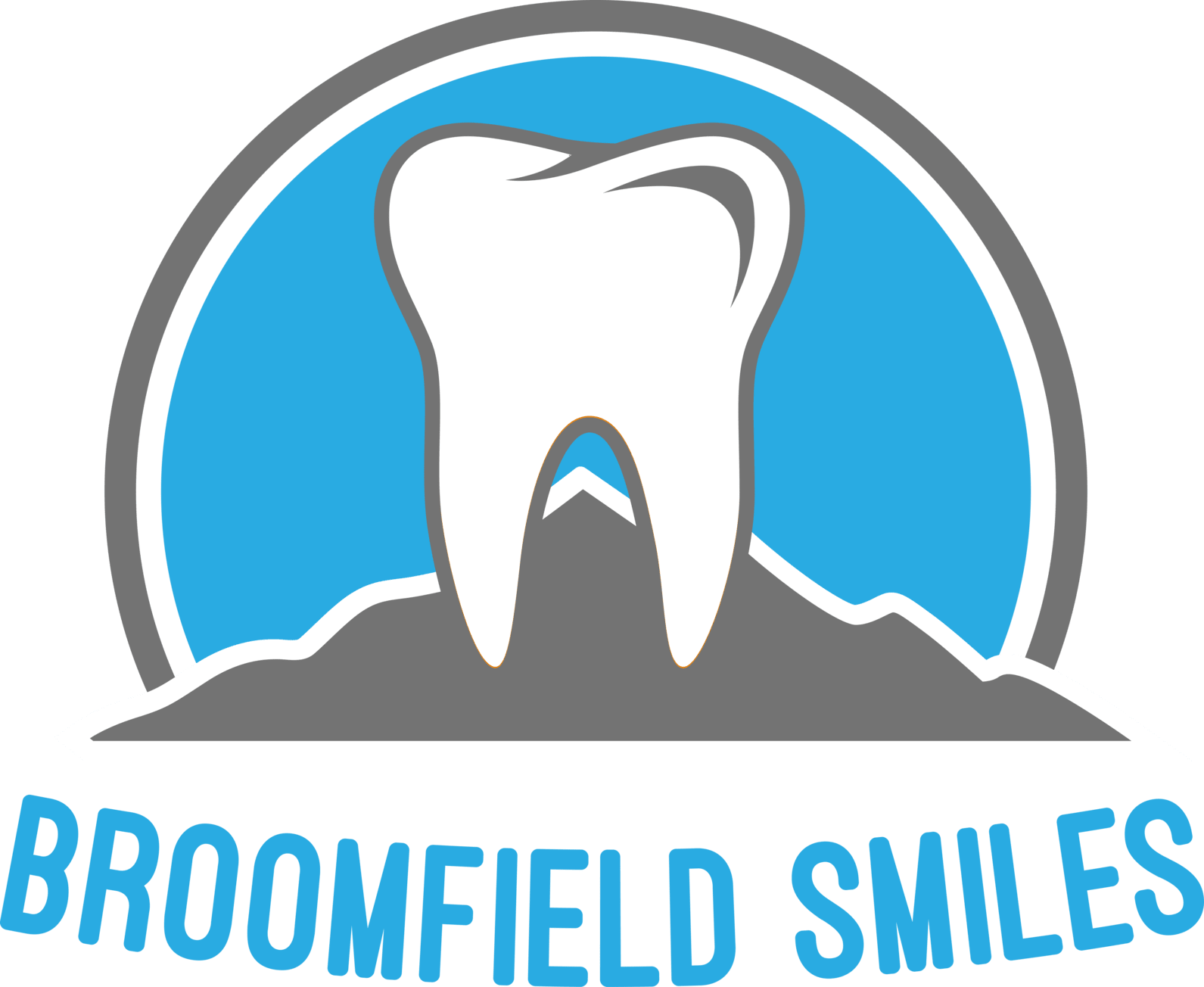How to Tell if You Need TMJ Treatment

Do you suffer from frustrating, uncomfortable aches and pains around your jaw, temples or ears? If any of these are frequent occurrences for you, something is amiss – and the culprit could be a TMJ disorder.
TMJ stands for temporomandibular joint and it is the point at which the lower jaw connects with the rest of the skull. The human body has two of these joints, and they are extremely active. Whether you are talking, chewing, yawning or drinking, your temporomandibular joints are at work. A complication with one or both TMJs is called a TMJ disorder (referring to a TMJ disorder simply as “TMJ” is a common mistake).
TMJ Disorder Symptoms

If you are suffering from a TMJ disorder, you may experience symptoms like the ones listed above. Other symptoms can include:
- Difficult or painful chewing
- Aching facial pain
- Locking of the joint that creates difficulty opening or closing your mouth
These painful TMJ symptoms can range from irritating to outright overwhelming, but one thing is certain: life would be more enjoyable without them.
How to Treat TMJ Disorder

Fortunately, there is a solution in TMJ therapy. To understand this treatment, however, you must first understand TMJ disorders.
On either side of the joint there is bone material covered in cartilage. These bones meet at a small disk that absorbs the shock of contact, such as that from chewing. TMJ disorders may arise if this disk shifts or becomes worn down. They also might occur due to arthritic damage to the cartilage on the bone, or damage to the joint from trauma such as being forcefully struck.
TMJ disorders are fairly common, affecting up to 12% of people. If you are among this 12%, TMJ therapy can provide hope. If you are tired of your symptoms and wish to make a change, you should speak to a dentist that specializes in this area.
Selecting a dentist that has this expertise is important because of how much TMJ disorders can vary. They have different causes and can affect each person differently. As a result, the treatment for your particular case will vary depending on your circumstances.
In some cases, the solution may be physical therapy.
In this instance, your dentist may instruct you to perform a set of stretches or exercises that can condition your temporomandibular joints and ease your symptoms. In other cases, your dentist may recommend an appliance like an oral splint or a mouthguard. Devices like these can help regulate your jaw and prevent excessive wear and tear on the joints – which can be a cause of a worn-down shock-absorbent disc in one of both of them.
Finding a Dentist That Specializes in TMJ Disorder

The only way to get on track to overcoming the symptoms of a TMJ disorder is to talk to a trained specialist who can help you find the right solution.
Would you like to learn more about TMJ disorders or schedule a consultation for TMJ therapy? We are a family, implant, and restorative dentistry practice providing compassionate, custom care.
Call Petersen Family Dentistry at (720) 308–9798 to book your appointment.



